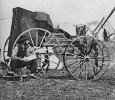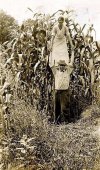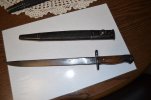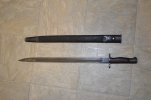I think this is correct - CF does not encourage photos of actual death and battle carnage. It is not that we are (many of us) not interested in such historical records, but considering that we are essentially a BDSM/Crux/erotic art forum, posting such historical images might be taken in the wrong context and be considered disrespectful.It was at Antietam in that war that rows of dead on the battlefield were photographed and displayed a few days later in an NYC studio. There are fascinating photos, but I understand(?) they would violate standards to post here.
On a more historical interest note, just the fact that those photos appeared in a NYC photo studio is somewhat remarkable. The glass plate photography that was employed in those days required fast and exact timing between taking the photo and developing or fixing the plate. I think it was a window of about 5-15 minutes before you just lost the picture. So these photographers had to have a darkroom/tent quite nearby to fix the images as soon as they took the pictures. I suspect this is why we see a lot of "aftermath" type photo (the dead after the battle is over) rather than actual battle shots - hard to maintain a darkroom under fire.







